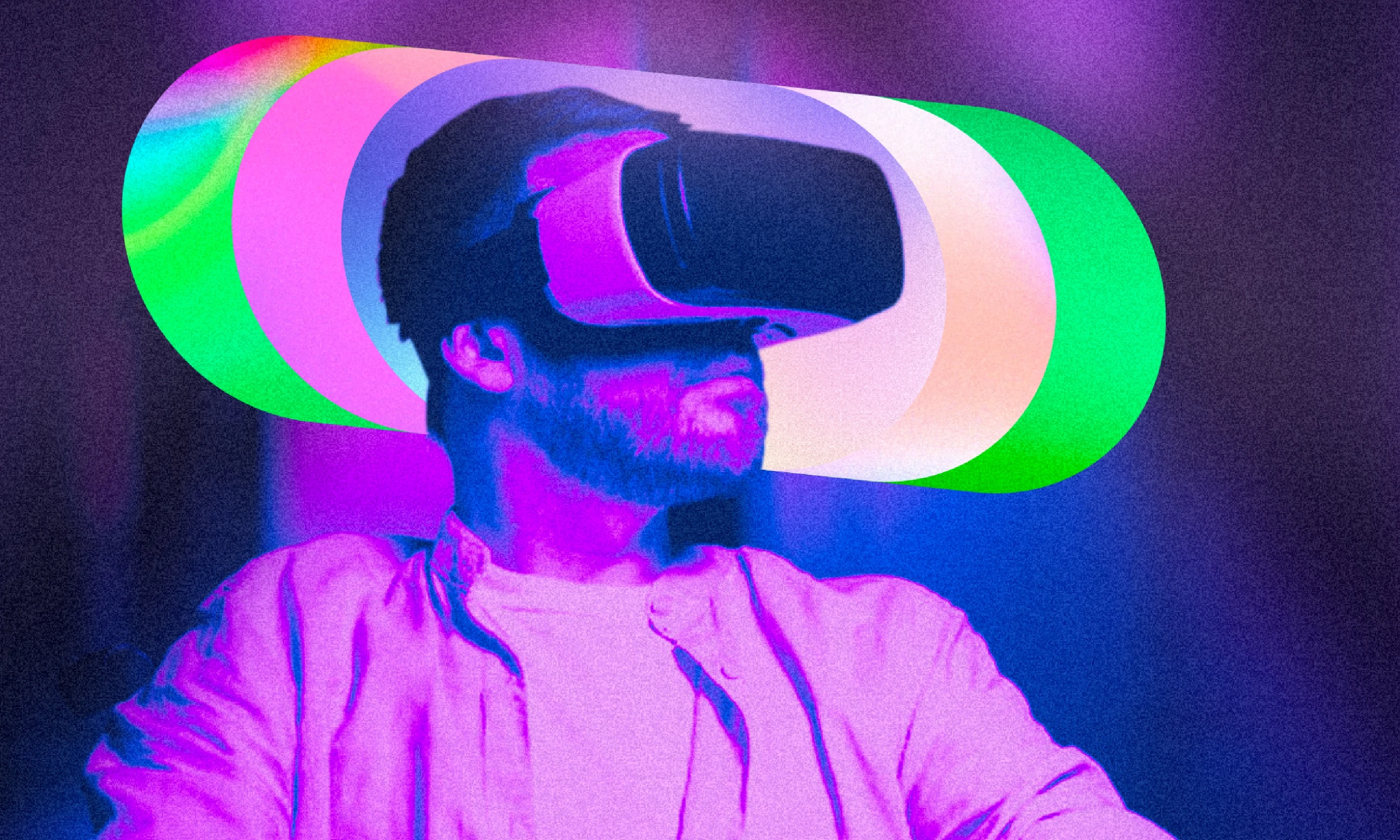UX UI Design Studio

The metaverse’s emergence has ignited a spark in the tech space - but how can we fan that spark into a steady flame? Discover what the metaverse exactly is, how crucial accessibility is for its sustenance, and how research can help shape it to be accessible for all.

There are various conceptions of the metaverse as it exists today. It has been understood as:
Duan et al. (2021) stated that the metaverse is characterized by “blockchain, digital twins, economics, Virtual/Augmented Reality (VR/AR), User Generated Content (UGC), and Artificial Intelligence (AI)”.
The metaverse is essentially envisioned as an interactive 3D world consisting of various experiences, where people can engage with other users and with the environment in a multi-sensory manner. It is thus meant to resemble the real world – albeit not perfectly replicate it. The digital medium of the metaverse means that the confining limitations of the real world may not necessarily exist anymore.
The most common view of the metaverse is that it is a vast digital world where people can interact with each other and which may or may not resemble the real world.
Zallio and Clarkson (2022), in a qualitative study involving 12 participants, found that the average person conceptualizes the metaverse as a virtual world starkly different from the one we actually live in. According to them, these differences would be apparent not only with regards to how it would look and function, but also how people would interact with others and with their surroundings. The rules governing social interactions would be different, as would be the ways in which they could potentially spend their time.
If we go by the average person’s vision of the metaverse, then calling it a virtual world may, in fact, be too diminutive a definition. What would be more accurate would be calling it a virtual universe, filled with hundreds and thousands of unique environments and experiences. Here, each person would have the freedom to choose which one of these miniature, self-contained “worlds” they would like to immerse themselves in at any moment, based on their needs and desires.
Another feature of the metaverse would be interconnectivity. Rather than confining people to one virtual environment, the metaverse would offer them the flexibility to move from one environment or experience to another whenever they would wish to do so.
Lastly, the average person’s view of the metaverse is also shaped by knowledge stemming from the past. The most well-known example of the metaverse as it exists right now is in gaming. Massive Multiplayer Online (MMO) games allow thousands of people to play at the same time, interacting with each other as they do so. This has shaped the perception of the metaverse as a virtual space that is presently confined to gaming, but which can potentially be utilized for various purposes – like concerts, office meetings, and so on.
The development of the metaverse has allowed for a shift from 2D virtual interactions to 3D ones. Virtual Reality (VR) has been the most prominent facilitator of the same.
It allows people to construct virtual avatars for themselves, which they can then use to interact with their environment and other users in much the same way as they would in the real world.
The metaverse has the unique characteristic of resembling the real world while still being moldable and adaptable in a way the real world can’t be. Its uses, thus, extend beyond mere interaction with others to more varied and needed experiences, like education, skill-building, rehabilitation, training simulations, leisure activities, and content creation.
